Punching and Blanking Metal Fabrication: What are the Differences?
April 17, 2018Punching and blanking runs are two entirely different processes. Using sheet metal to illustrate that assertion, two singular products pop out of the production line. Let’s start with the punching equipment. The sheet metal is struck repeatedly by the tool, waste is stamped free, and the sheet is crammed full of geometrically detailed openings. This is a subtractive fabrication operation. Going on that logic, is blanking an additive process?
Fabrication Definitions: Additive Blanking
Blanking machines do use additive techniques. The blanking tool or die stamps down on the metal sheet, entire pieces are cut from the sheet metal, and that sheet is now scrap. Imagine an important support bracket for a new automobile. Accessing the blanking machine, the precisely cut shape is stamped into that configuration by a single shearing action. The dies, perhaps made from tungsten carbide, operates like this all day long, with the mass production of sheet metal components filling hundreds of oily trays.
Punching Negative Forms
Curiously enough, punching equipment is based on a subtractive process. Well, that’s how the fabrication technique feels after we’ve checked out the blanking gear. In this case, the sheet metal is the product. The sheet is struck by rounded and shaped punching tools. The compression tool rams the punch straight down, waste cuttings are sheared from the sheet, and that elegantly formed metal panel moves forward, usually to a bending machine or some other tooling station. Instead of those palm-sized brackets, picture the panels on a washing machine or the housing for another home-situated large appliance.
Metal Fabricating Partners
Different they might be, but both machine types play important roles in a production environment. Stamped blanks assemble with shaped and punched panels to form intricate frames. Look for examples of this mechanical union in aircraft frames and automobile bodies, in places where small but precisely sheared parts join to larger sheet metal panels. For it’s here that punching and blanking fabrication come together and solidify their amalgamated relationship. And, as with any other processing relationship, there are common engineering factors to weigh. Distortion points trouble additive and subtractive sheet metal shearing processes, as do tool fatigue.
Imagine a mechanical version of the old photographs that once popped out of film cameras. In photography, a positive image is produced from a negative. Similarly, sheet metal can be subjected to subtractive punches or additive blanking machines. Backed by a powerful ram, entire product frames are fabricated in this manner, which means the assembly “glue” comes down to welding technology and fasteners.
Optimized by: Netwizard SEO


